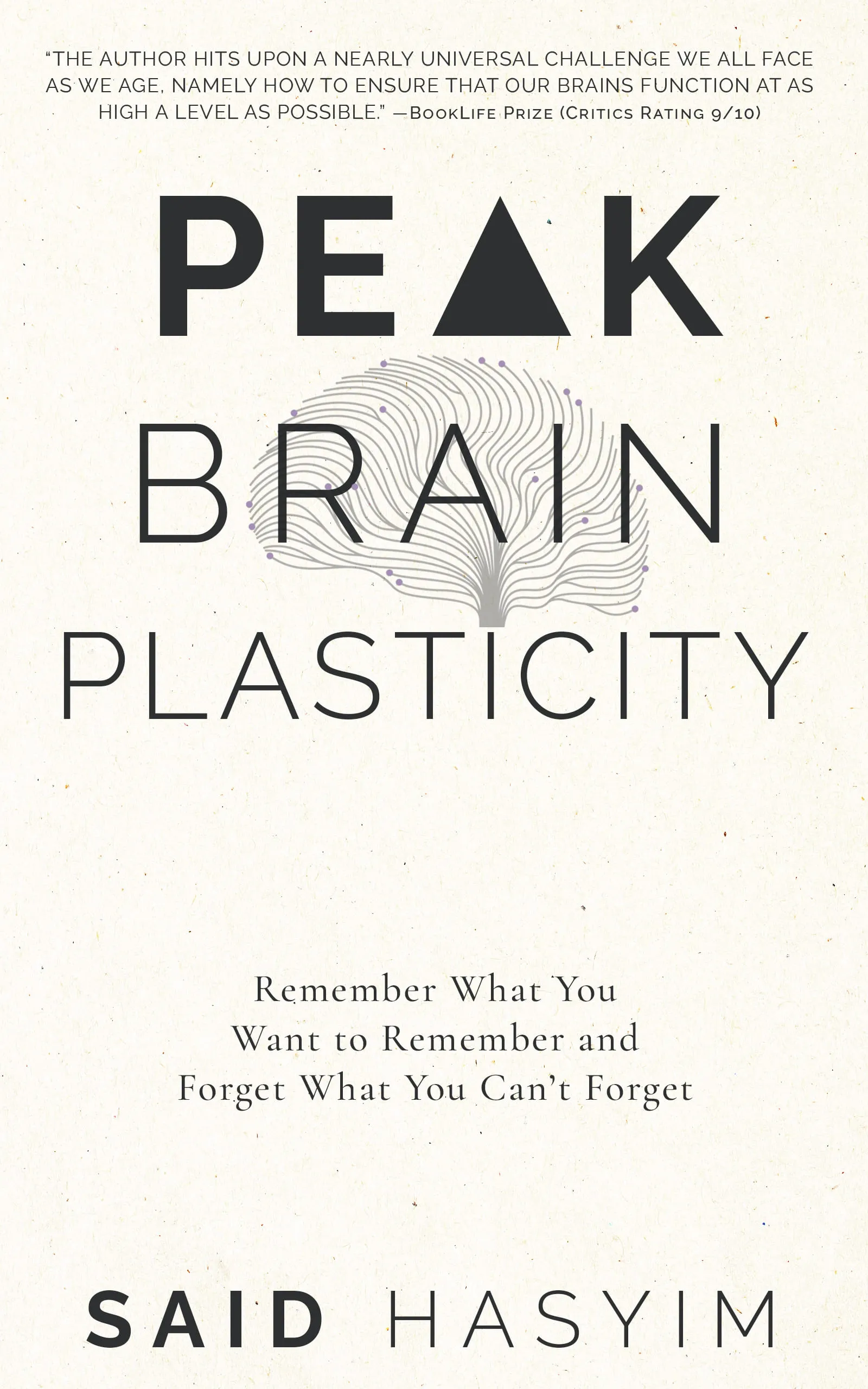How to Use Association to Remember Better
Memory is a crucial component of our daily lives. From remembering names and faces to retaining new information for studies and work, effective memory techniques can dramatically improve our ability to recall information. One of the most powerful strategies for enhancing our memory is the technique of association. In this blog post, we will explore how association works, its psychological foundation, and practical tips to harness this method for better recall.
What is Association?
Association is a cognitive process where one idea, concept, or image is linked to another. This mechanism allows us to create mental connections that make it easier to retrieve information when needed. For example, a student studying for a history exam may associate the year 1776 with the American Declaration of Independence. These mental links help bridge the gap between new information and what we already know, essentially weaving a web of interconnected ideas that enhances memory retention.
Why Does Association Work?
The effectiveness of association as a memory aid can be attributed to several factors:
Existing Knowledge: Our brains are wired to make connections. By associating new information with something already known, we can anchor new memories to our existing knowledge base, thereby facilitating recall.
Visual Imagery: Human memory is often stronger when visual imagery is involved. Associative techniques frequently incorporate vivid images that make the information more memorable.
Emotional Connections: Emotional experiences tend to stick with us longer than neutral ones. Associating information with strong emotions creates a more profound memory imprint.
Multisensory Engagement: By using more than one sense while learning – for instance, visual and auditory stimuli – we create richer associations, leading to improved recall.
Techniques for Using Association to Remember
1. Create Vivid Mental Images
One of the most effective ways to use association is to build strong, vivid mental images. When trying to memorize something, transform the concept into a picture. The more unusual or exaggerated the image, the better it will stand out in your memory.
Example: If you need to remember the word "apple," visualize a gigantic, shiny apple bouncing down the street. Your mind will better recall that mental image.
2. Use Mnemonics
Mnemonics are memory aids that often rely on associations. They can be acronyms, rhymes, or phrases that help you recall more complex information.
Example: To remember the order of planets in the solar system, use the mnemonic "My Very Educated Mother Just Served Us Noodles," corresponding to Mercury, Venus, Earth, Mars, Jupiter, Saturn, Uranus, Neptune.
3. Create Stories or Narratives
Storytelling is a powerful tool in memory retention. By creating a narrative that weaves together the elements you wish to remember, you provide context and continuity that aid memory.
Example: To remember a grocery list (milk, eggs, bread), imagine yourself making a comic journey where your friend offers you a glass of milk, you crack some eggs to make an omelet, and then you stop by a bakery to grab fresh bread.
4. Form Personal Connections
Link information to personal experiences or feelings. This personal touch can make the information more relevant and easier to remember.
Example: If you’re trying to remember a new acquaintance's name, connect it to someone significant in your life who has the same name, reflecting on a positive memory associated with that person.
5. Use the Loci Method
The Loci Method (or Memory Palace technique) involves visualizing a familiar space and placing items to remember at specific locations within it. When you need to recall the information, you mentally walk through your “palace” and retrieve the items from their locations.
Example: If you’re trying to remember your presentation points, imagine each point as an item placed throughout your home. As you mentally walk through your rooms, each location prompts you to recall the associated point.
Tips for Effectively Using Association
Be as Creative as Possible: The more unique or absurd your associations, the more likely you are to remember them.
Practice Regularly: Like any skill, using association to remember information becomes easier with practice. Integrate these techniques into your everyday life: grocery lists, meetings, or lectures.
Combine techniques: Don’t hesitate to mix and match different associative techniques. For instance, use mnemonics with stories to reinforce complex information.
Review and Revisit: Association works best with active engagement. Regularly revisit and practice recalling the associated information to strengthen the memory links.
Stay Positive: Maintain a positive mindset about your ability to remember. Stress and anxiety can hinder memory skills—believing in your capacity to recall information enhances performance.
Conclusion
Association is a powerful tool for enhancing memory that taps into the way our brains are naturally wired to learn and recall information. By using vivid imagery, mnemonics, storytelling, personal connections, and techniques like the Loci Method, you can improve your memory and make retention easier. Start practicing these strategies today, and you’ll soon find that remembering information is not just possible, but also enjoyable. With creativity, practice, and a positive mindset, you’ll unlock the full potential of your memory!
Harness the Power of Neuroplasticity
Discover Peak Brain Plasticity, a practical book to harnessing neuroplasticity. Enhance your memory, learn new languages quickly, and alleviate anxiety with effective study methods. Uncover daily habits that impact cognitive health and explore techniques for accelerated learning and memory retention. Unlock your brain's potential for growth and transformation.
